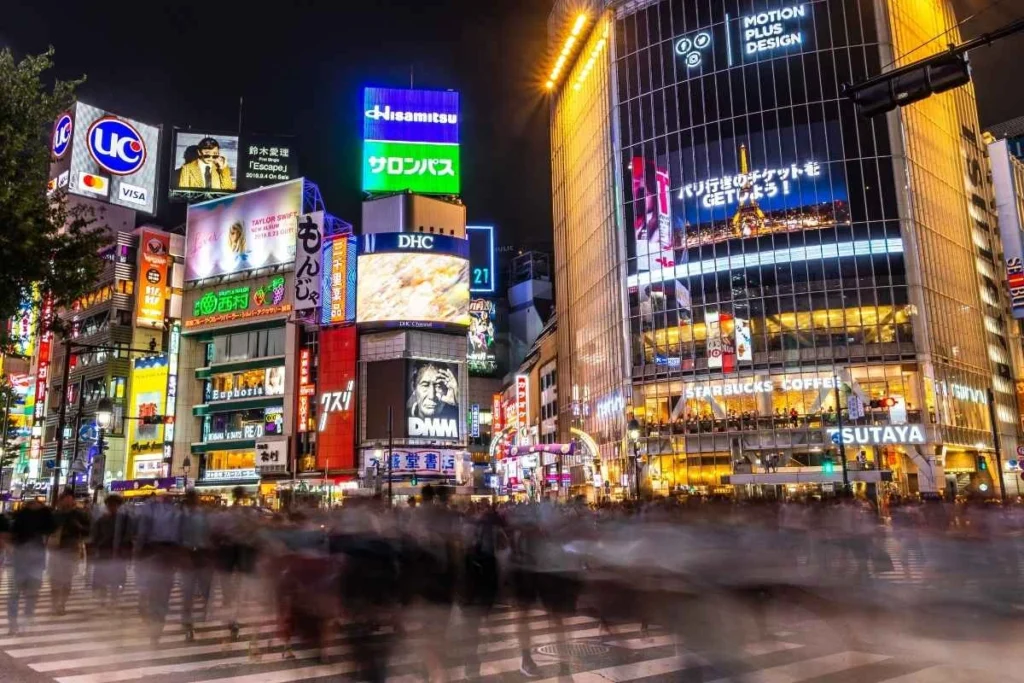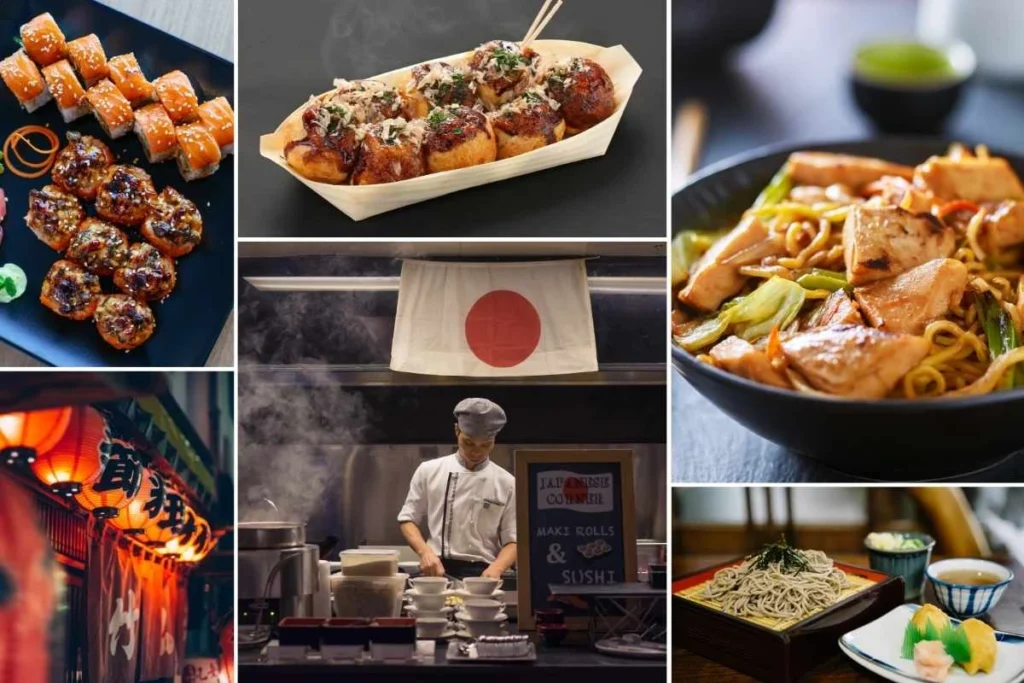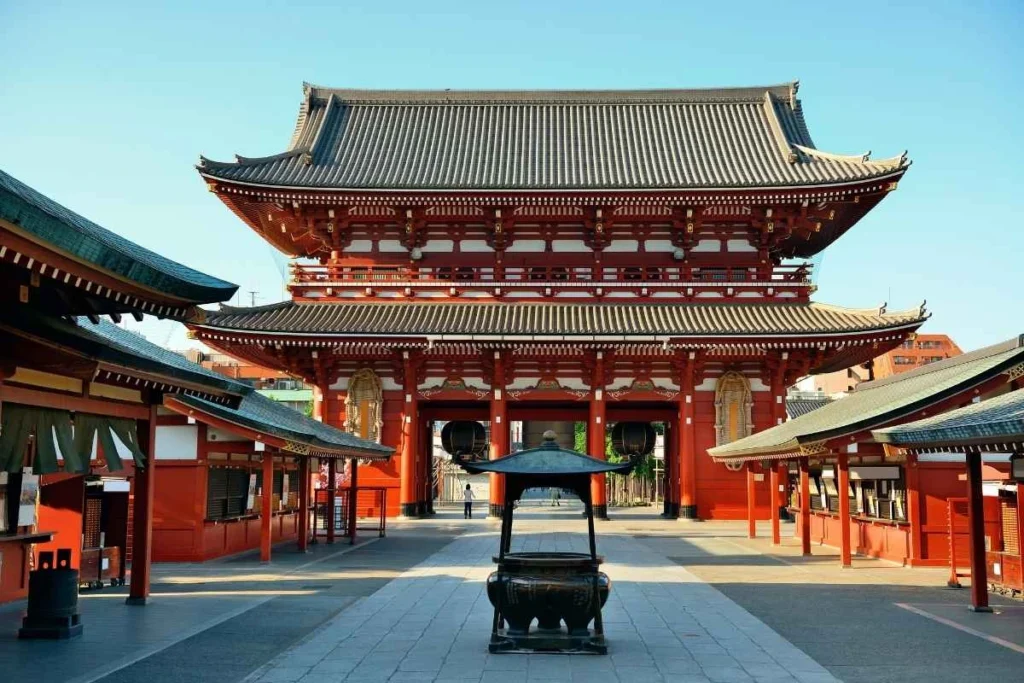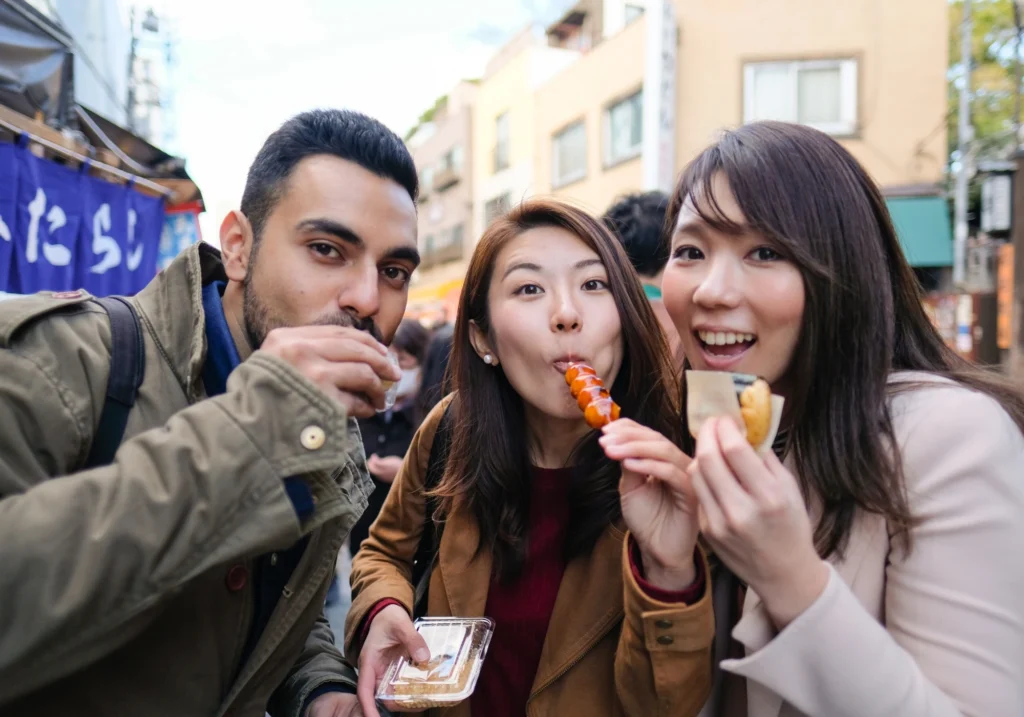You’ve always dreamed of experiencing Japan—the neon lights of Tokyo, cherry blossoms in Kyoto, ancient temples, and mouthwatering sushi. But then reality hits: isn’t Japan one of the most expensive countries to travel? That’s the myth. The truth? You can experience the very best of Japan on a budget—if you know how. Also you need to know the best time to visit in Japan, so that you don’t missed the seasonal festival
Most travelers give up too soon, discouraged by headlines about costly train tickets and pricey accommodation. But what if the real adventure lies in traveling smart? In this guide, we’ll show you how to navigate Japan affordably—with strategies that don’t sacrifice comfort or culture.
Whether you’re a student, a digital nomad, or just someone planning your first international trip, this guide delivers what you need: practical, actionable tips to stretch your yen further and deeper into Japan’s heart.
Key Info to Explore Japan on a Budget
| Category | Budget Range (Daily) | Tips |
| Accommodation | $20–$60 | Hostels, capsule hotels, guesthouses |
| Food | $10–$25 | Convenience store meals, local eateries, set menus |
| Transportation | $5–$50 | Regional passes, IC cards, buses over bullet trains |
| Attractions | Free–$20 | Temples, parks, museums with discount passes |
| Internet & SIM | $2–$5 | Pocket Wi-Fi sharing, prepaid SIMs |
| Total Estimated Daily | $40–$100 | Balanced budget traveler expenses |
What Makes Japan Seem Expensive—and Why It Doesn’t Have to Be

While Japan often tops lists of pricey destinations, this reputation is partly due to high-end options dominating tourist guides. But Japan is also a country of contrast and choice. Every luxury has a budget-friendly equivalent—often more authentic and memorable.
For example:
- A sushi dinner at a Michelin-star restaurant might cost $200, but standing sushi bars offer top-quality meals under $10.
- A bullet train ride from Tokyo to Osaka can cost $130, but an overnight bus is as low as $30 and saves you a night of lodging.
Why Japan Seems Expensive
Several factors contribute to Japan’s reputation for high costs:
- Economic history: During the booming 1980s “bubble era,” Japan was viewed as one of the world’s richest nations, setting a lasting impression of wealth.
- Premium product image: Japanese brands, especially electronics and luxury goods, are known for quality—and high prices.
- Imported energy: Because Japan imports all its energy, it faces higher utility and transport costs.
- Urban living costs: Cities like Tokyo have dense populations, which drives up housing prices.
- Top-tier service: Japan’s commitment to quality and customer service often translates into higher costs in restaurants and hotels.
- Currency strength: A strong yen makes Japan more expensive for international travelers when their currency doesn’t go as far.
Why Japan Can Be Affordable
Despite these perceptions, many aspects of Japan are budget-friendly:
- Deflation and economic shifts have lowered prices for many everyday goods and services.
- Low-cost accommodations like hostels, capsule hotels, and Airbnb make staying overnight much cheaper.
- Affordable food is everywhere—from street vendors and casual diners to well-stocked convenience stores.
- Efficient public transport helps visitors move around cheaply without relying on taxis or rental cars.
- Free or low-cost experiences—temple visits, hikes, cultural festivals—offer rich memories without high costs.
- Lower prices outside big cities: Traveling in rural areas or smaller towns is often much more affordable.
- No tipping culture: Since tipping isn’t practiced, you pay only what’s listed on the bill.
- Budget shopping: Many local stores and fashion outlets offer stylish, affordable items.
- Smart food choices: Skipping fine dining in favor of local eateries or food markets still means great meals without the high price tag.
While Japan has a reputation for being pricey, smart planning and exploring the right options can make it a budget-friendly destination.
How to Get Around Japan on a Budget
Getting around Japan on a budget is simple with the right choices. From trains to buses, Japan offers affordable and reliable ways to travel. Whether you’re visiting one city or many, there are easy ways to save money and still get around comfortably.
Are Japan Rail Passes Worth It?
- JR Pass (7-day: ~$250): Ideal for multi-city travel within a short time.
- Regional Passes: Cheaper alternatives if you’re focusing on one area like Kansai or Tohoku.
Low-Cost Travel Options
- Highway Buses (e.g., Willer Express): Sleep overnight and save on hotels.
- IC Cards (Suica, Pasmo): Prepaid travel cards usable on buses, trains, and vending machines.
Tip: Avoid taxis—they’re expensive and not always faster due to city traffic.
Efficient travel helps save both time and money. Let’s explore where you’ll be resting each night next.
Where to Stay in Japan Without Spending a Fortune
Looking for a place to stay in Japan without spending a fortune? Good news—Japan has plenty of clean, safe, and affordable places to sleep. From capsule hotels to guesthouses, you can find budget-friendly stays in big cities and small towns alike.
Top Budget-Friendly Stay Options
- Capsule Hotels: Modern, clean, and often under $30/night.
- Hostels & Guesthouses: Community-driven, often with local cultural events.
- Business Hotels: Simple rooms, great for solo travelers or short stays.
- Ryokans (Traditional Inns): Some offer budget versions, especially outside major cities.
Booking Tips
- Use platforms like Rakuten Travel, Agoda, and Booking.com.
- Book early during cherry blossom or golden week seasons.
Now that you’ve secured a cozy place to sleep, it’s time to think about food—affordable and unforgettable.
How to Eat Well in Japan on a Budget

You don’t need to spend a lot to enjoy great food in Japan. From tasty street snacks to low-cost local meals, it’s easy to eat well without breaking your budget. Let’s see simple, affordable ways to enjoy real Japanese food every day.
Cheap, Delicious Food Finds
- Convenience Stores: Lawson, FamilyMart, and 7-Eleven offer fresh, affordable meals.
- Standing Sushi Bars: Authentic sushi for under $10.
- Izakayas & Ramen Shops: Great for dinner sets, usually $8–$15.
- Supermarket Bento Boxes: After 7 PM, most are heavily discounted.
Special Tip: Lunch Sets (Teishoku)
- Many restaurants offer large, high-quality set meals for as low as $6–$8.
With meals sorted, let’s explore how you can experience Japan’s beauty without blowing your budget.
Best Free and Low-Cost Attractions in Japan
You don’t need to spend a lot to enjoy Japan. Many top sights and experiences are free or cheap. From beautiful temples and parks to lively markets and hiking spots, Japan offers plenty of budget-friendly places to explore. No matter your travel style, you can discover amazing things without breaking the bank.

Cultural Must-Sees
- Temples and Shrines: Often free or a small entry fee (¥300–¥500).
- Gardens & Parks: Ueno Park, Kenrokuen Garden, etc.
- Museums: Many have discount days or free admission once a month.
Hidden Gems for Budget Travelers
- Street Markets: Try Ameya-Yokocho in Tokyo or Nishiki Market in Kyoto.
- Local Festivals: Free cultural performances, food, and fun.
- Scenic Hikes: Mount Takao, Nara’s deer park, Arashiyama bamboo forest.
As you capture memories, you’ll want to stay connected too—here’s how.
Staying Connected in Japan: Internet & SIM Card Options
Staying online in Japan is easy and affordable. Whether you need maps, translation, or social media, there are great options like pocket Wi-Fi and prepaid SIM cards. Japan has strong, fast internet—even in rural areas—so you can stay connected wherever you go.
Affordable Connectivity Options
- Pocket Wi-Fi Rentals: Shareable and perfect for groups (~$3–$5/day).
- Prepaid SIM Cards: 7-day and 14-day plans available at airports or online.
Tip: Download apps like Google Translate, Navitime, and HyperDia to make navigation and communication easier.
Now let’s put it all together with a few real-world itineraries.
Sample Budget-Friendly Japan Itineraries
Traveling Japan on a budget is easier than you might think. With smart planning, you can see top sights, enjoy local food, and explore different cities without spending too much. Here are simple, low-cost itineraries to help you make the most of your trip.
1-Week Budget Trip: Tokyo–Kyoto–Osaka
- JR Pass + Hostels + Street food
- Estimated total: ~$500–$700
Slow Travel (10 Days in Kansai Region)
- Regional pass + Guesthouses + Local eateries
- Estimated total: ~$400–$600
Customize based on interest (anime, temples, hiking, food tours)—budget options exist for all niches.
Final Thought
Traveling to Japan on a budget isn’t just possible—it can be deeply rewarding. You’ll eat like a local, sleep in culturally unique places, and experience far more than packaged luxury tours ever offer.
Key Takeaways
- Japan on a budget is achievable with the right planning.
- Use regional rail passes, hostels, and convenience store meals to stay within budget.
- Focus on free or low-cost attractions for an authentic experience.
- Affordable internet and travel apps keep you connected and confident.
FAQs
Is Japan safe for solo budget travelers?
Yes, Japan is one of the safest countries in the world. Even budget accommodations are generally secure and clean.
Can I travel Japan without speaking Japanese?
Absolutely. Major signs are bilingual, and apps like Google Translate bridge any gaps.
What’s the cheapest month to travel to Japan?
Late autumn (November) and mid-winter (January–February) offer lower flight and accommodation rates.
Are credit cards accepted widely?
Yes, but always carry some cash—especially in rural areas or small eateries.
Is tipping expected in Japan?
No. Tipping is not part of the culture and can even be considered rude.

